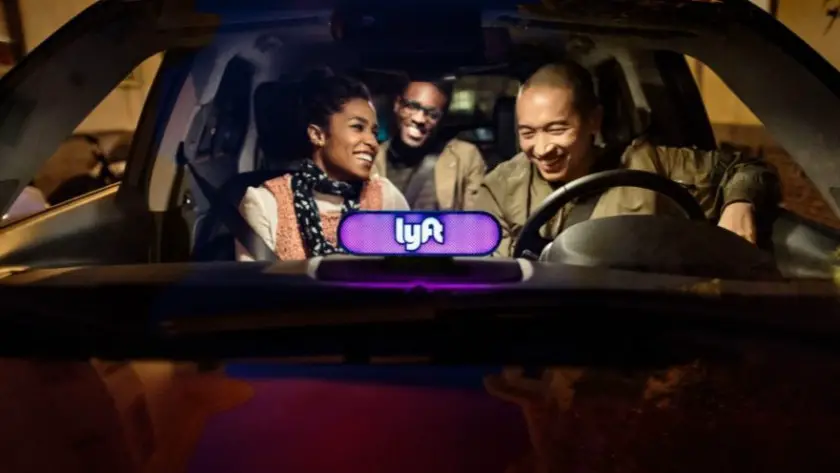With numbers like this, you know ride-sharing is a written in concrete as part of the transportation conversation moving forward.
Just thinking about one billion rides is staggering. but Lyft, the ride-sharing service, has done it. As per an official press release from the San Francisco based ride-sharing service earlier today (Sept. 18, 2018) they shared that they’ve finally surpassed a noteworthy milestone, more than one billion rides completed. Further down in the press release Lyft thanked its drivers, riders, and its employees but stressed in more words or less that this was the beginning and a leaner, more efficient Lyft is the goal. Also, scooters.
To celebrate one billion rides, 3,500 drivers get a free tank of gas, one tank of gas for every employee salaried by Lyft.
Interestingly enough, Lyft also provided us with a handy little infographic where they got some of the more interesting data points within those one billion rides. Not so surprising is that most of the data looks a lot like what a traditional ride-hailing service would look like, that means trips to and from the airport, family rides to Disney Land, and most rides are taken at night when people are drunk.

The outliers are particularly interesting with one driver driving over 31,000 rides and one rider paying for over 9,000 rides.
Lyft did go into a bit for what they plan in the future, most notably their first and final mile effort which will integrate scooters into your destination plans (e.g. how do you get from your drop off point to the exact place you really want to go.
In the name of efficiency, Lyft’s app is also continuously evolving, highlighting its current public transportation update across its app that facilitates ridesharing and public transportation use.
Lastly, Lyft touched on its express drive centers which aim to make both driver’s and their cars more efficient. With Level 5 autonomy ways away to reality, Lyft knows that their app is only as good as their drivers and their cars. If their drivers and cars are happy, so is the customer’s experience.
To put Lyft’s success into context, Lyft’s main competition Uber has done 10 times as many rides with over 10 billion. Uber also has a similar plan connecting riders to scooters and public transportation.
Both companies invest heavily in self-driving technology. The feature goal is to eliminate drivers altogether in the ultimate move for efficiency.
One billion is great, but when will the first autonomous Lyft ride happen?




